The truth about LGBTQ acceptance in Hindu culture
Hindu sources of knowledge had expansive, multidimensional perspectives on human males, females, and those of the Third Nature.
 Ardhanarishvara sculpture, Khajuraho. / Wikipedia
Ardhanarishvara sculpture, Khajuraho. / Wikipedia
In the fifty five years since Stonewall, the United States continues to be the ideological and intellectual center of LGBTQ movements both locally and throughout the world. Whether as a 20th century civil rights movement rooted in Western Enlightenment principles, or as a 21st century rejection of Western culture, the ways we’ve conceptualized who LGBTQ are and how we’ve advocated for (or against) LGBTQ people are rooted in American assumptions and experiences.
Given how successful LGBTQ movements were in shifting public opinion, perhaps for good reason. Today, however, there are troubling indicators of a public backlash. It is for all these reasons, and more, that we felt an update to our 2015 LGBT policy brief was long overdue.
While the contemporary LGBTQ movement and dominant ideological frameworks may be American in origin, LGBTQ people are not themselves products of western culture. Moreover, the west has never been the sole source for nuance, tolerance, inclusion, and open inquiry regarding people of diverse sexual orientations and gender identities.
Hindu sources of knowledge in fact had expansive, multidimensional perspectives on human males, females, and those of the Third Nature. Within Third Nature are almost 50 “sub-genders” based on traits such as sexual orientation, gender identity, sexual proclivities, and more.
The Kamasutra mentions the existence of committed, urban same sex couples living in matrimony. While some passages from time-bound (smriti) texts have, particularly since colonial times, been translated and interpreted as anti- LGBTQ, there are no condemnations of homosexuality and gender nonconformity in core Hindu sources of knowledge.
In fact, there are even indications that the welfare of LGBTQ people were considered matters of the state. And of course, transgender, gender non conforming, and intersex Indians, popularly known as Hijra or Kinnar, have over centuries developed their own social structures and spiritual traditions. In 2019, the first post-colonial Kinnar Akhara (religious order) debuted at the Kumbh Mela.
To put it more simply, Hindu diversity has always included people we now refer to as LGBTQ, and there is no basis for blocking them from pursuing wealth, love, or spiritual fulfillment in Hindu Dharma traditions. Being straight is neither necessary nor sufficient for achieving moksha.
Unfortunately, Hindu Dharma’s capacity for inclusion and tolerance has not always been of practical benefit for many LGBTQ Hindus. Like their counterparts in other communities, many experience rejections from families and friends, physical and sexual abuse, and exclusion from institutions of society. Many feel forced to choose between their faith and culture, or living authentically as LGBTQ individuals.
Under British rule, members of Hijra communities were criminalized through targeted legal measures. Section 377 criminalized same sex activity until 2018. While India and other South Asian countries legally recognize three genders, laws on issues such as sexual assault, adoption, inheritance, or social benefits often ironically assume only two genders. Such inconsistencies, combined with ongoing societal prejudice and ignorance, can severely undermine the effectiveness of even well intentioned measures.
There has never been a more important time for voices of compassion and wisdom. Hindu dharma embraced a “both/and” as opposed to an “either/or” approach, where context is key to understanding and applying spiritual principles. As such, the point isn’t about whether Hindu dharma “forbids” being LGBTQ or not, nor is it whether traditional Hindu concepts like the Third Nature should be the basis of LGBTQ related policies. Rather, it’s that precedence for coherent, nuanced, tolerant exploration of sexuality and gender dates back millennia through Hindu Dharma traditions.
This also means the most prominent and platformed perspectives we hear in America today are neither the first, nor necessarily the best models to follow. LGBTQ people are more than a culture war battleground, they do not exist to be a political prop. LGBTQ are human beings who have a place in our communities, families, and traditions. Ultimately, we hope our update will inspire Hindus to see beyond the lens of polarization by incorporating ancient wisdom and timeless spiritual principles into modern approaches to the contentious and complex debates of our time.
The author is Managing Director overseeing business strategy and operations at the Hindu American Foundation (HAF), the largest and oldest education and advocacy nonprofit dedicated to the Hindu American community.
(The views and opinions expressed in this article are those of the author and do not necessarily reflect the official policy or position of New India Abroad)
ADVERTISEMENT
ADVERTISEMENT
E Paper
Video



 Raj Rao
Raj Rao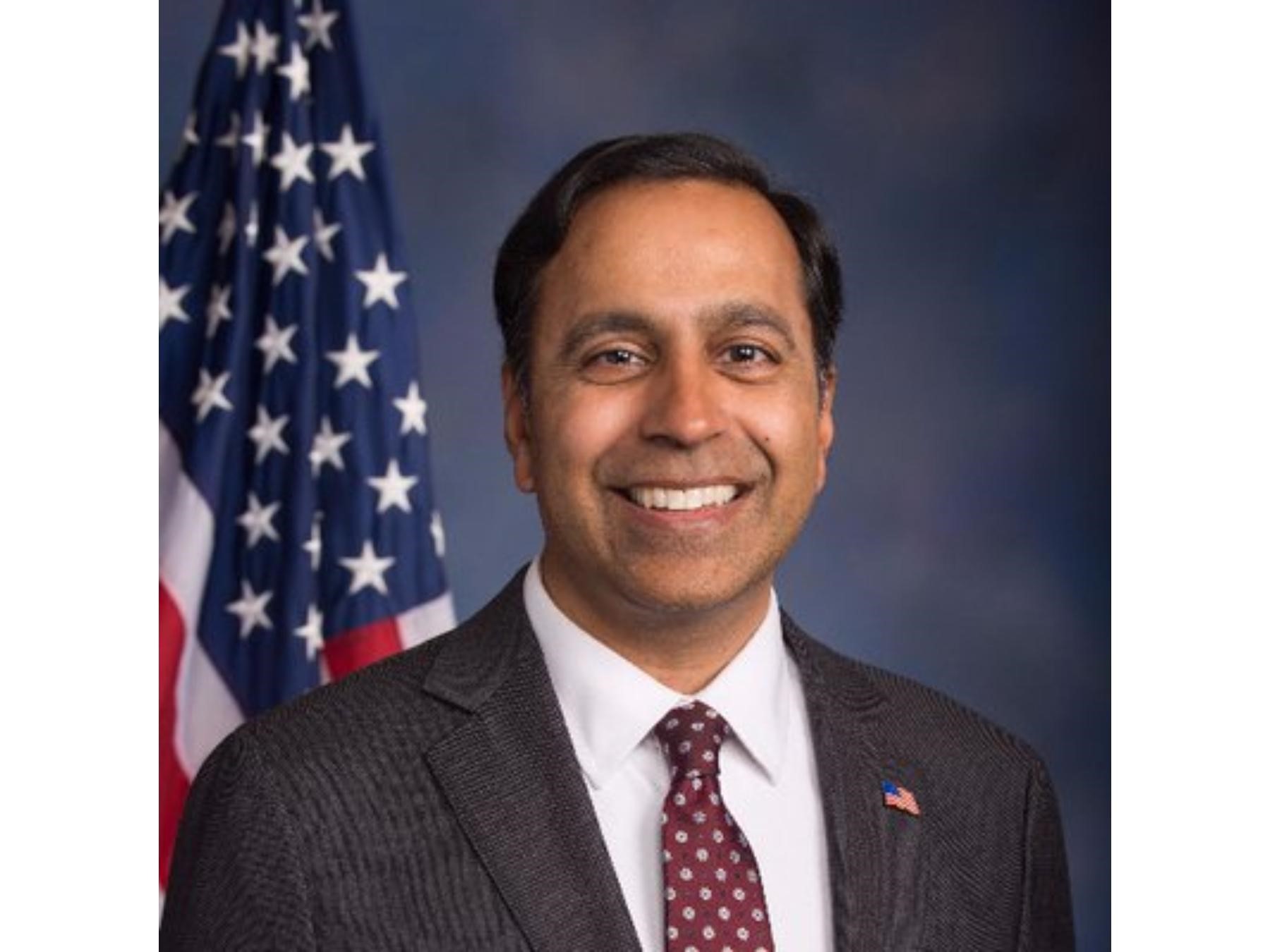


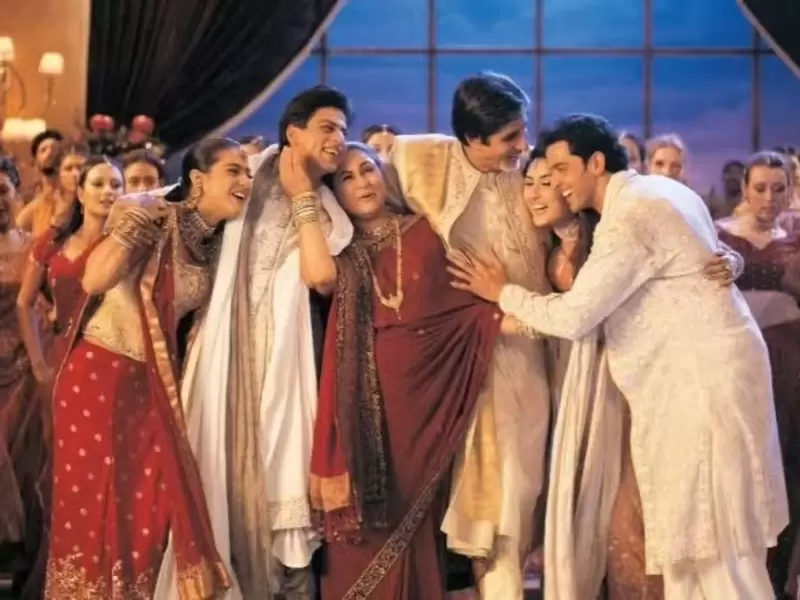
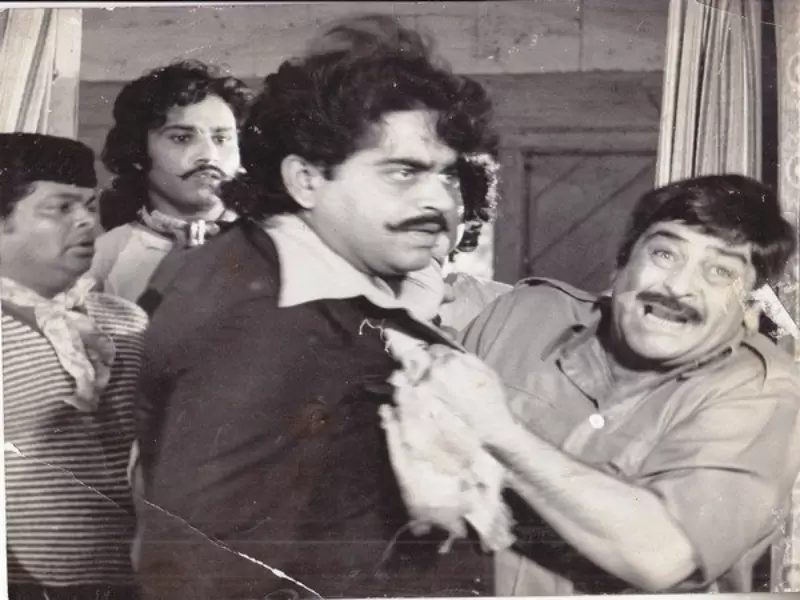
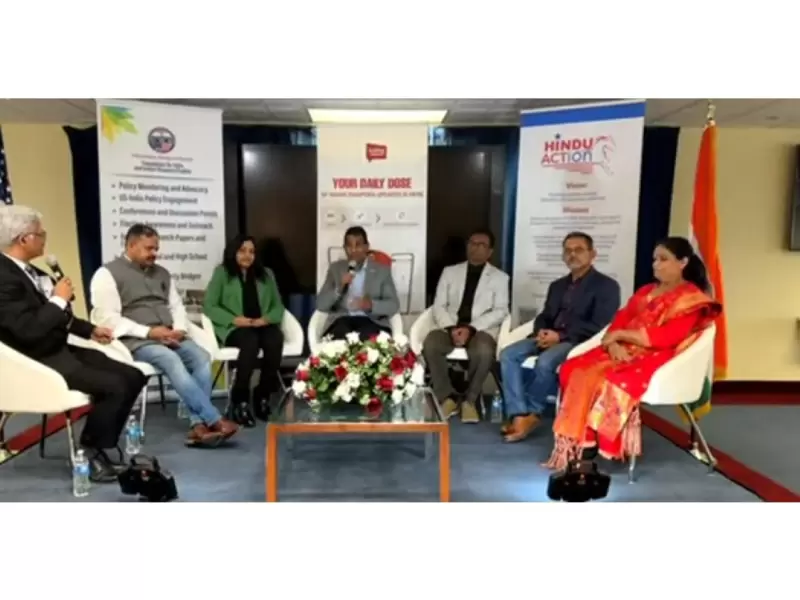

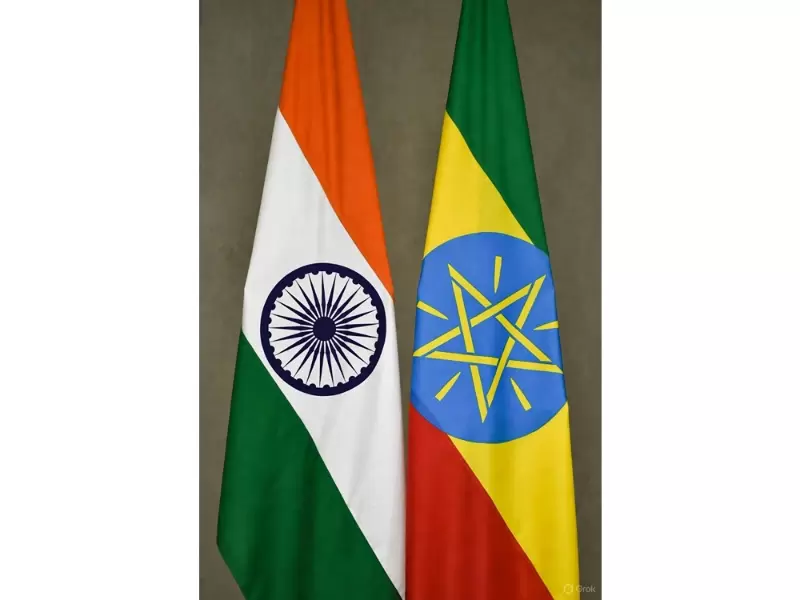

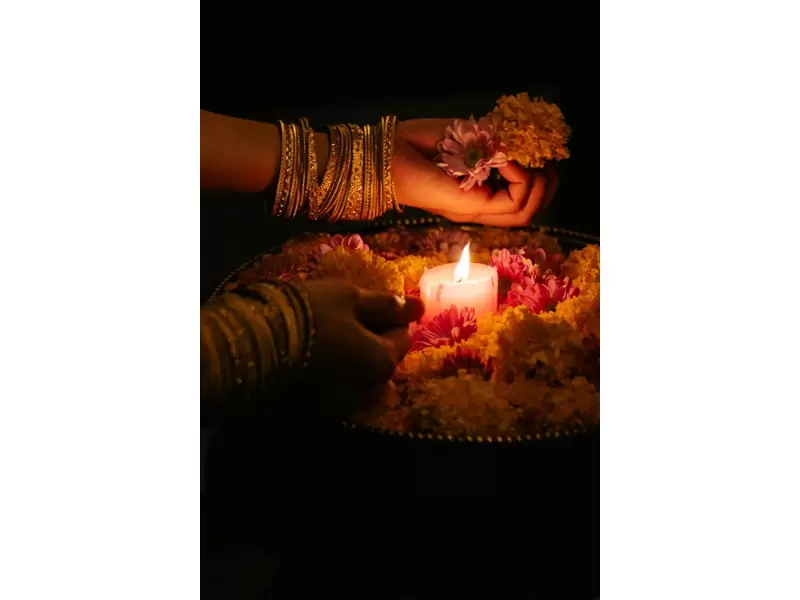
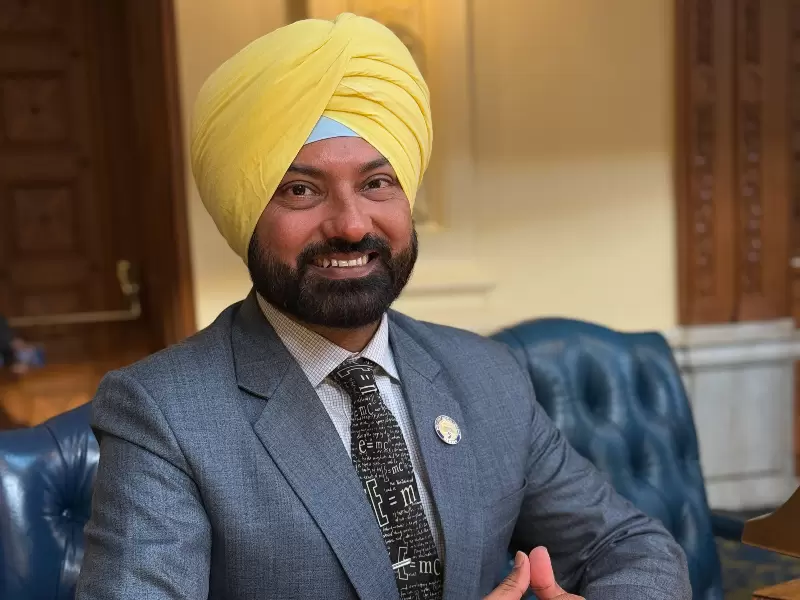


Comments
Start the conversation
Become a member of New India Abroad to start commenting.
Sign Up Now
Already have an account? Login